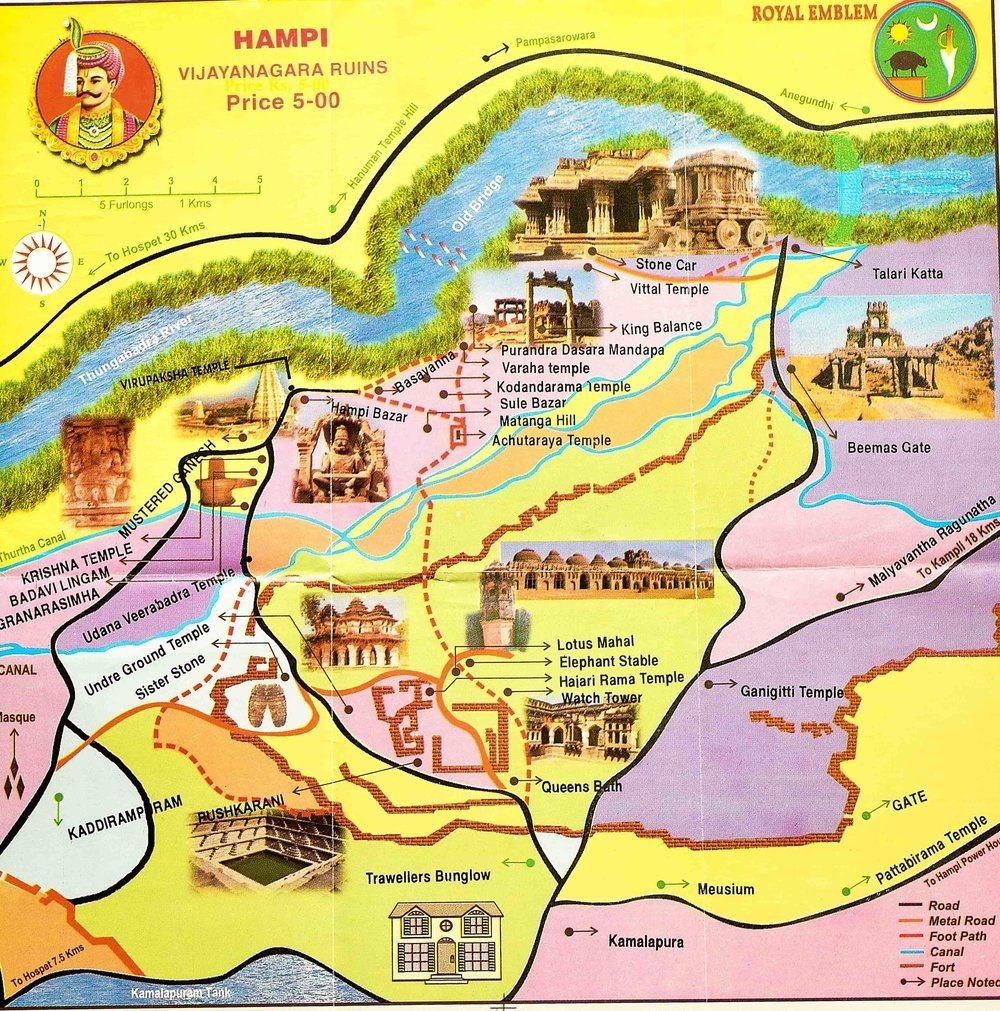





Copyright infringement not intended
Picture Courtesy: https://newsable.asianetnews.com/india/breaking-union-cabinet-confers-classical-language-status-to-marathi-pali-prakrit-assamese-and-bengali-snt-skscpu
The Union Cabinet has declared Marathi, Pali, Prakrit, Assamese, and Bengali as "classical languages".
The Union Cabinet approved the addition of five languages; Marathi, Pali, Prakrit, Assamese, and Bengali in the "classical language" category. Before this decision, six languages had already been granted classical status; Tamil, Sanskrit, Telugu, Kannada, Malayalam, and Odia.
The Union government currently recognizes 11 languages as classical languages:
The Union Government in 2004 has established the criteria for recognizing languages as classical, it was based on the committee of linguistic experts set up by the Ministry of Culture.
|
Language |
Cultural Importance |
|
Tamil |
Tamil is one of the oldest languages still spoken today. It has a unique script and a rich history of literature, including the ancient Sangam poems that talk about love and nature. |
|
Sanskrit |
Sanskrit is known as the language of ancient Indian scriptures, like the Vedas and Upanishads. It has complex grammar and a vast vocabulary that has influenced many modern Indian languages. |
|
Telugu |
Telugu boasts a long literary tradition with important poets like Nannaya and Tikkana. It has beautiful scripts and is known for its poetic expressions. |
|
Kannada |
Kannada has a diverse literary heritage with classic works dating back over a thousand years. Writers like Kuvempu have made significant contributions to Kannada literature. |
|
Malayalam |
Malayalam has a strong literary tradition, with classic poetry and modern literature. It features unique forms like Pattu, which includes folk songs and stories. |
|
Odia |
Odia has a rich history of literature, including works by poets like Jayadeva. It is known for its classical poetry and drama, reflecting the region's culture. |
|
Marathi |
Marathi literature features diverse forms, including novels, poetry, and drama. Writers like P. L. Deshpande have enriched Marathi literature with humour and social commentary. |
|
Pali |
Pali is mostly known for being the language of the Buddhist scriptures. It has a simple structure and has influenced several modern languages. |
|
Prakrit |
Prakrit was used in many ancient texts, especially in Jain and Buddhist literature. It reflects the linguistic evolution in India. |
|
Assamese |
Assamese has a strong literary tradition with notable works by poets and authors. The Buranji literature chronicles the history and culture of Assam. |
|
Bengali |
Bengali is known for its vibrant literary background, with famous authors like Rabindranath Tagore. It has a wide range of genres, from poetry to novels. |
When a language is declared classical, it receives various benefits:
Must Read Articles:
Source:
|
PRACTICE QUESTION Q.Which of the following are the key criteria for a language to be recognized as a classical language in India? 1. An independent tradition of literature. 2. A historical heritage of at least 1,500 years. 3. A significant number of native speakers. 4. A rich and diverse vocabulary. How many of the above statements are correct? A) Only one B) Only two C) Only three D) All four Answer: B Explanation: Statement 1 is correct: A classical language must have a body of ancient literature that is considered a valuable heritage. Statement 2 is correct: The language must have recorded history over a period of 1500-2000 years. Statement 3 is incorrect: The number of native speakers is not considered. Statement 4 is incorrect: While a rich vocabulary may be a feature of classical languages, it is not a formal requirement. |











© 2025 iasgyan. All right reserved